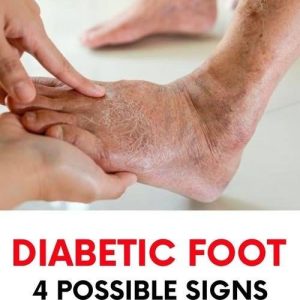Visible veins on the hands, arms, or legs are often harmless and may result from factors such as aging, low body fat, or regular physical activity. For athletes, prominent veins can even indicate good circulation and a lean physique. However, experts advise paying close attention to sudden or dramatic changes in vein appearance, especially if they become bulging or uncomfortable, as these could signal underlying medical issues.
One common vascular condition is Chronic Venous Insufficiency (CVI), where vein valves become weak, leading to blood pooling in the legs. This may cause twisted, enlarged veins, and if left untreated, can result in swelling, skin damage, or ulcers. Similarly, varicose veins—often rope-like and close to the skin—can cause aching or heaviness and may require treatment in more severe cases. A more serious issue is Deep Vein Thrombosis (DVT), where a clot forms in a deep leg vein, potentially leading to pain, swelling, and life-threatening complications if the clot travels to the lungs.
Other factors that make veins more visible include hormonal changes, pregnancy, or long periods of standing, all of which can temporarily increase vein pressure. While many of these changes are manageable with lifestyle adjustments like regular movement or compression wear, sudden vein prominence accompanied by pain, fatigue, or swelling may point to cardiovascular or liver issues. In such cases, seeking a medical evaluation is important. Recognizing when visible veins are normal and when they may signal a health concern can help maintain overall vascular well-being.




